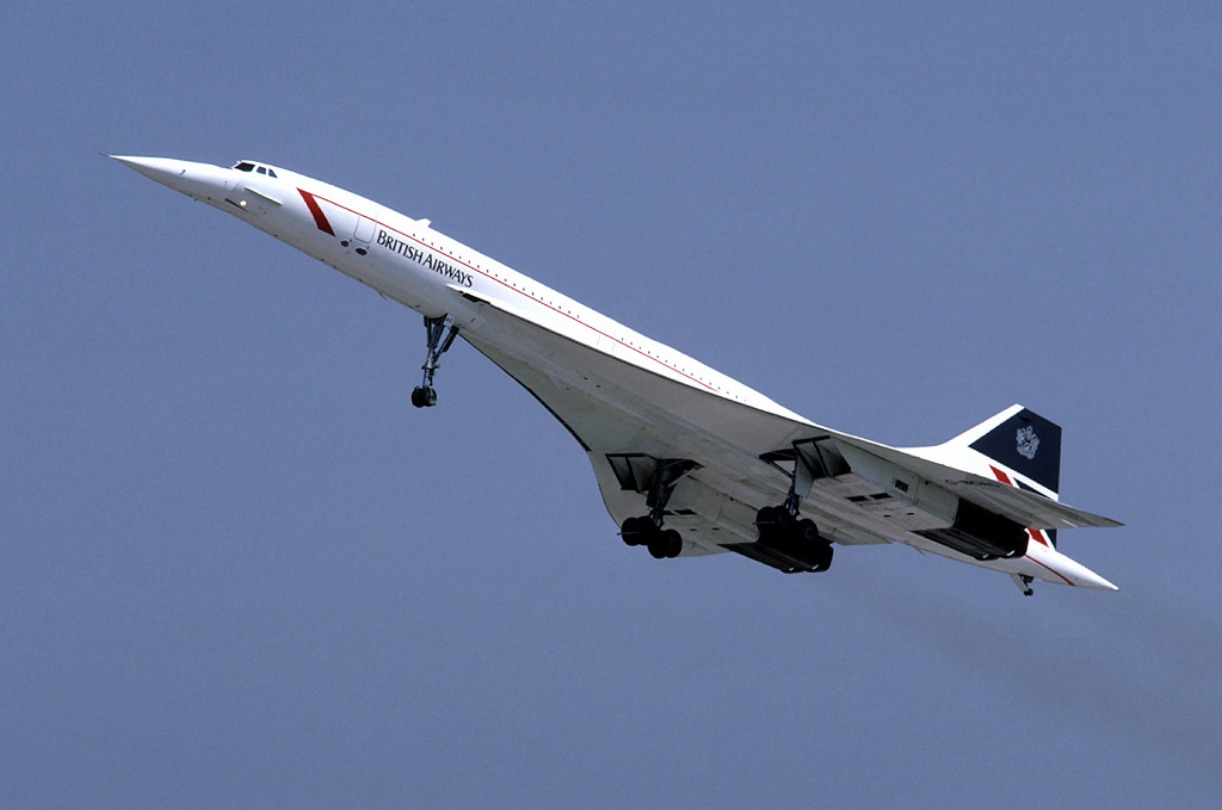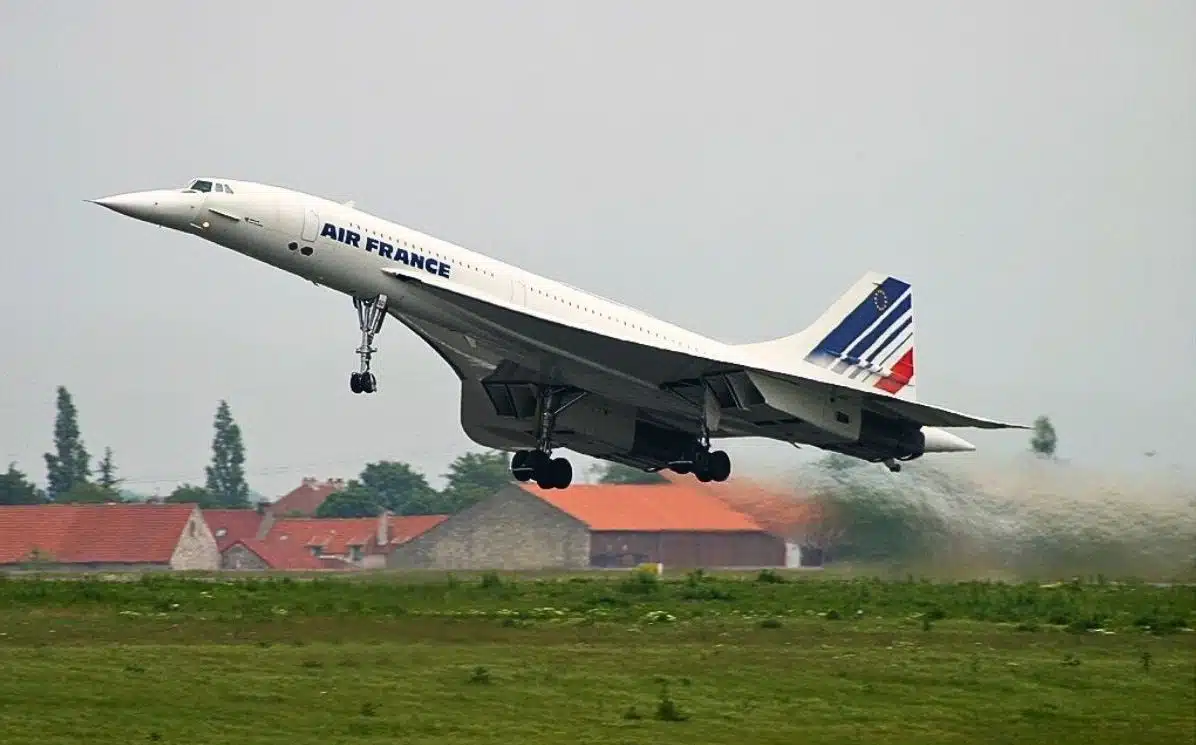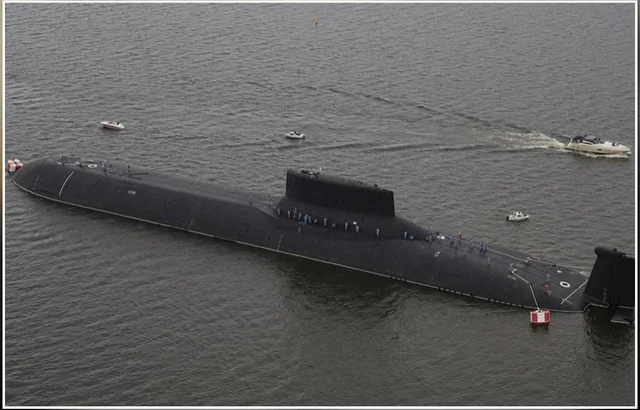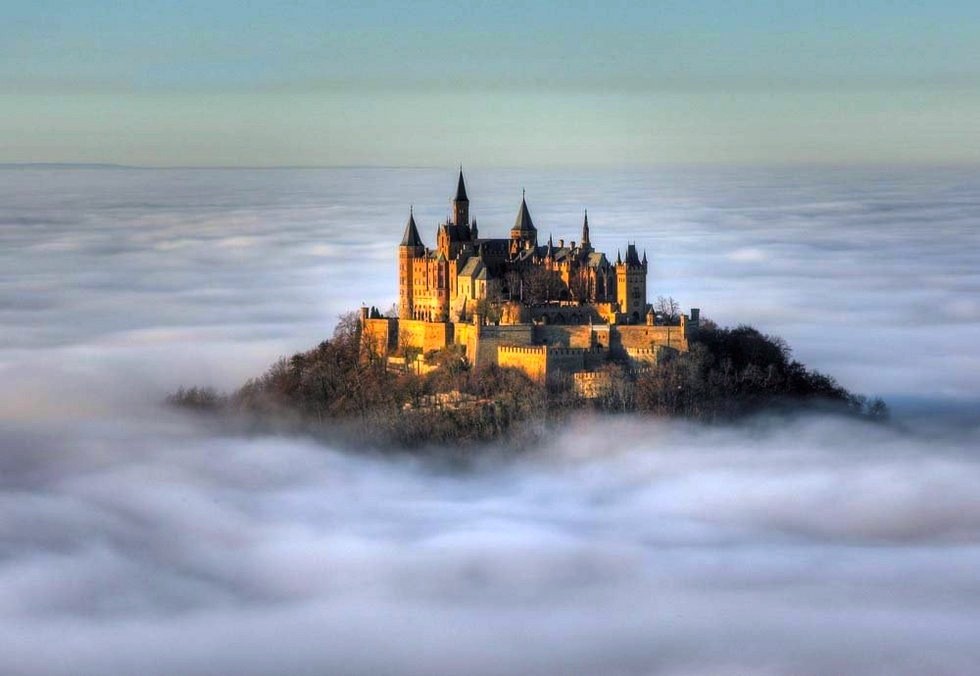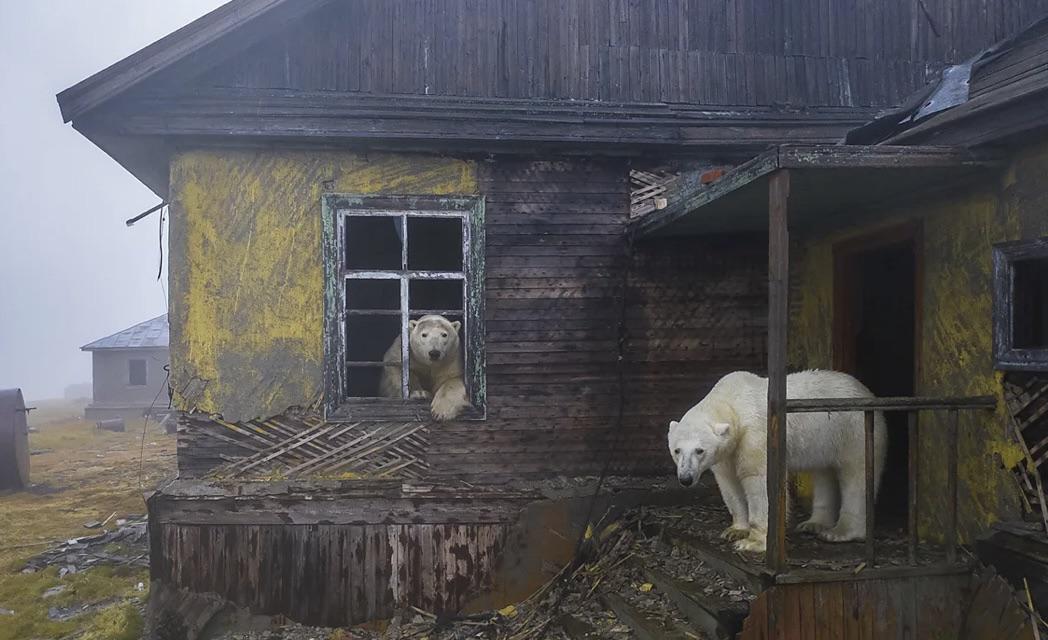In the annals of aviation history, few aircraft have captured the imagination quite like the Concorde. More than just a means of transportation, this supersonic marvel represented the pinnacle of technological achievement, luxury, and human engineering prowess. The photograph taken nearly 15 kilometers above the Irish Sea in April 1985 captures more than just an aircraft; it encapsulates an era of unbridled technological optimism and human ambition.
The Concorde was not merely an airplane, but a symbol of international collaboration and technological innovation. Developed jointly by British and French aerospace industries, this supersonic passenger airliner stood as a testament to what human ingenuity could achieve. Flying at an incredible Mach 2 – twice the speed of sound – the Concorde could traverse the Atlantic Ocean in just under three and a half hours, cutting traditional flight times by more than half.
Its sleek, dart-like silhouette was the result of meticulous aerodynamic engineering. The distinctive drooping nose, which lowered during takeoff and landing to provide pilots with better visibility, was just one of the many innovative design features that made the Concorde a true engineering marvel. The aircraft’s ability to cruise at approximately 1,350 miles per hour was nothing short of revolutionary, pushing the boundaries of what was considered possible in commercial aviation.
Traveling on the Concorde was more than just a method of transportation; it was an experience reserved for the world’s elite. With tickets costing many times more than traditional first-class fares, a journey on the Concorde was a statement of status and sophistication. Passengers enjoyed champagne, gourmet meals, and unparalleled service while traversing the globe at speeds that seemed almost impossible.
The aircraft’s passenger cabin was a marvel of design, combining technological sophistication with luxurious comfort. Large windows allowed passengers to witness the curvature of the Earth, and the deep blue of the sky would darken to an almost black hue at the aircraft’s cruising altitude. The sensation of traveling faster than a bullet was an experience few would ever forget.
Powered by four Rolls-Royce/SNECMA Olympus 593 turbojet engines, the Concorde could reach altitudes of up to 60,000 feet – significantly higher than conventional aircraft. At these heights, passengers could see the curvature of the Earth, and the sky would transition from deep blue to an almost black darkness. The aircraft’s skin would heat up to over 100 degrees Celsius due to air friction, a testament to the extreme conditions it navigated.
The thermal expansion caused by these extreme speeds was so significant that the aircraft would actually stretch between 6 to 10 inches during a flight, a phenomenon that was carefully engineered into its design. Such details highlight the extraordinary complexity of engineering required to make supersonic commercial travel a reality.
Despite its technological brilliance, the Concorde’s commercial life was relatively short. Environmental concerns, high operational costs, and the tragic Air France Flight 4590 crash in 2000 ultimately led to the retirement of these magnificent aircraft in 2003. The last commercial Concorde flight took place on October 24, 2003, marking the end of an extraordinary chapter in aviation history.
Today, the Concorde remains a symbol of human aspiration and technological achievement. Museums around the world preserve these aircraft, serving as a reminder of a time when humans dared to push the boundaries of speed, engineering, and possibility. The photograph from April 1985, showing the Concorde soaring high above the Irish Sea, captures a moment of pure technological poetry.
In an age of increasing standardization and efficiency, the Concorde stands as a testament to the power of bold vision, international collaboration, and the relentless human desire to go faster, higher, and beyond the seemingly impossible.

